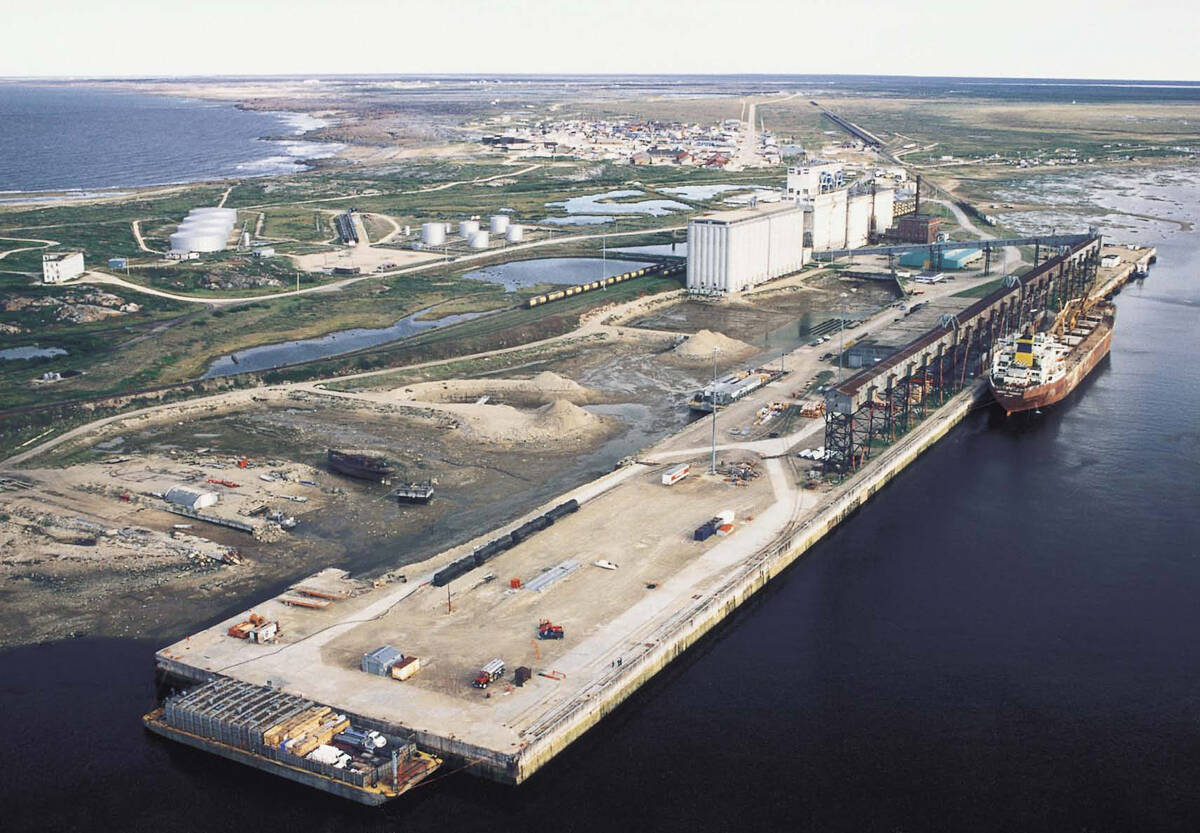Canadian producers are expected to seed more acres to the crop next year because domestic consumption is increasing
There are opposing views on what will happen with Canadian quinoa prices next year.
One buyer believes the specialty crop will increase a few cents per pound, while another believes the price will slightly decrease in the New Year.
Dan Boulton of NorQuin in Saskatoon said there is a world shortage of quinoa, which will increase its price.
“We put our price up a few cents per pound. Right now we’re starting to see the same (price) to a slight increase,” said Boulton, noting NorQuin has bids between 60 to 70 cents per lb. for quinoa.
Read Also

Defence investments could benefit agriculture
A bump in Canada’s NATO spending commitments could lead to infrastructure investments that would benefit rural areas
Percy Phillips of Prairie Quinoa in Portage la Prairie, Man., sees it a different way.
“I believe the pricing for the commodity generally will be decreasing slightly over the winter and into the spring season,” he said.
Boulton and Phillips agreed that more quinoa will be grown in Canada because its consumption is increasing.
According to Statistics Canada’s 2016 numbers, the most recent data, nearly 11,700 acres of quinoa were grown in the country that year, compared to about 320 acres in 2011. Most of the 2016 quinoa crop was grown in Saskatchewan with about 9,500 acres. Alberta was second with almost 1,050 acres and Manitoba had a little more than 900 acres of quinoa, while the Ontario crop was roughly 350 acres.
Quinoa originated in South America and is noted for its health benefits, such as being gluten-free and high in protein. However, it can be a difficult crop to grow.
“It’s a special crop that requires special attention,” said Boulton.
One issue has been there are no registered chemicals available to use on quinoa.
“Most of our growers have adapted and figured out ways to keep the crop clean before and after,” he said, noting growers use integrated pest management practices.
Although quinoa has a reputation for growing well in poorer soils, Prairie Quinoa has found it’s not a requirement — crops have been grown successfully near Melita and Swan River in Manitoba.
“Just like other crops, the better the quality of the soil, the better chance of a successful crop with a commercially acceptable yield,” Phillips said.
















